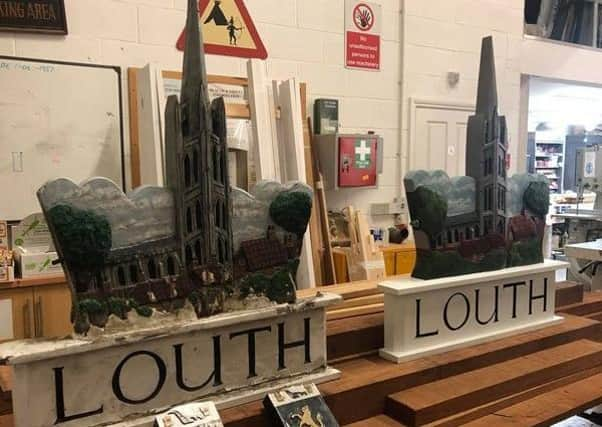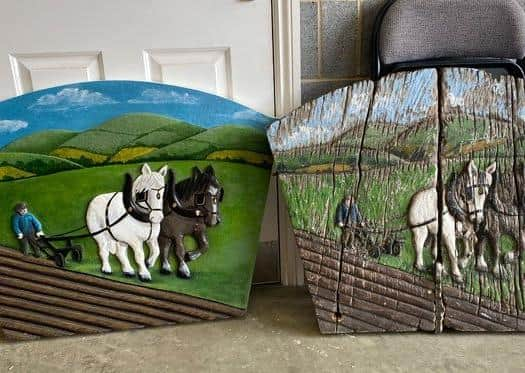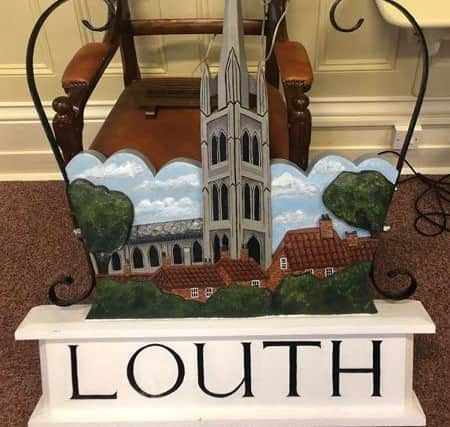‘Welcome to Louth’: Nine month project to restore town’s signs


The wooden signs have braved all types of weather since 1967, when they were first erected, but exposure to over 50 years of rain, storms, snow and sun meant that their condition had gradually declined.
As a result, last year, Louth Town Council took the decision to have all seven of the signs refurbished and, in some cases, this has meant completely remaking them.
Advertisement
Hide AdAdvertisement
Hide AdOver the past nine months, Louth-based contractors Rodden and Cooper, working closely with Gillick Studios, have been undertaking the painstaking project, and it has now been confirmed that several of Louth’s signs have now been completed and placed back in position.


The signs that have now been reinstated are located on the approaches to the town at the junction of St. Mary’s Lane with the B1200, the A16 from Grimsby, Legbourne Road, and London Road.
The three remaining signs, which mark the entrances to Louth on Brackenborough Road, Eastfield Road, and Horncastle Road, are still undergoing refurbishment and will be returned soon.
The seven signs were originally designed to familiarise residents and visitors alike with the town’s religious, historic, and agricultural background.
Advertisement
Hide AdAdvertisement
Hide AdFor example, on both the London Road and the Eastfield Road signs, homage is paid to one of the most historic dates in the town’s history, September 21, 1551, when King Edward VI signed a Royal Charter recognised Louth as a place of learning.


The sign on Brackenborough Road shows St Herefrid, to whom the town’s parish church was probably first dedicated, and the sign at the St Mary’s Lane junction features St James, patron saint of pilgrims.
The parish church of St. James, which has for many centuries been dedicated to St. James, proudly figures on the Grimsby Road and Horncastle Road approaches.
• For further information about the restored signs, visit www.louthtowncouncil.gov.uk/louth/louths-town-signs-transformed